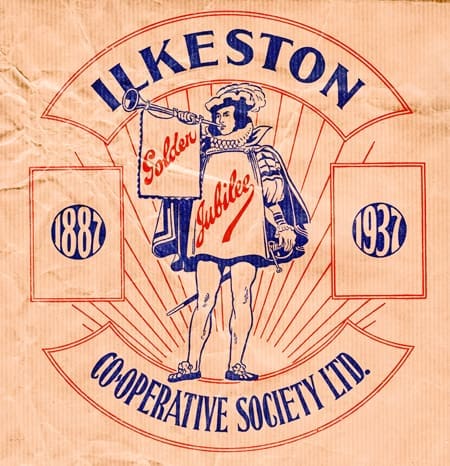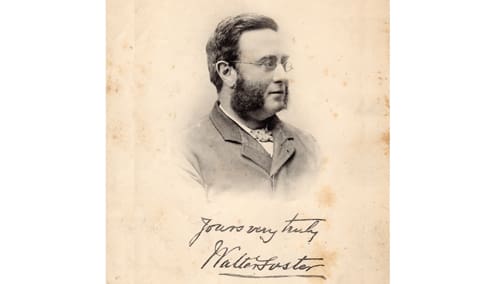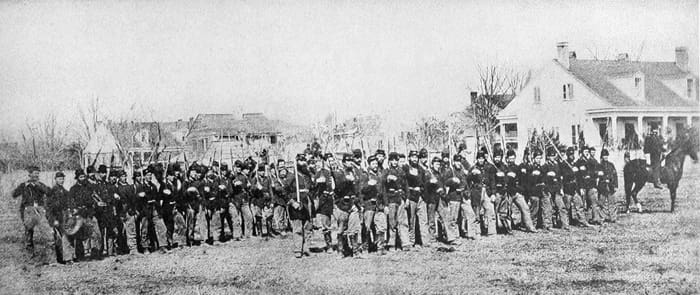(a longer read) by Danny Corns
Many years ago, former Society Chairman David Harrison told me of a connection between the Short Brothers of aeronautical and flying boat fame and No. 3 Low’s Lane, Stanton. The Society discussed the placing of a blue plaque on 3 Low’s Lane to commemorate the local connection. It was somehow put on the back burner after David died but was finally realised in March 2015. A large donation from Bombardier, owners of Short Brothers and contributions from the Friends of Erewash Museum and our Society provided the necessary funds for the plaque.
Hugh Oswald Short (1883-1989) was the youngest of three sons born to Samuel and Emma. Horace Leonard (1872-1917) and Albert Eustace (1875-1932) were born in Chilton, County Durham. They all later lived at No. 3 Low’s Lane. Oswald was born in Northumberland, where he served an engineering apprenticeship with Robert Stephenson, son of George of railway fame. He married Emma Robinson of Ashover, where he was a mining engineer around 1870 and moved to Stanton Ironworks as a foreman fitter, eventually becoming Chief Engineer in the late 1870’s and 1880’s. He died in 1891.
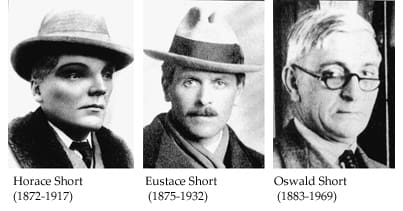
Horace was apparently something of a genius at school. After serving a five years’ engineering apprenticeship at Stanton he set off round the world to make his fortune. Eustace followed him after their father’s death with Oswald, then eight years of age having to leave school early to help with family finances by becoming an office boy and errand lad.
Horace returned in 1896 wishing to patent a sound amplifying system which he had invented. Eustace and Oswald joined him in London, where in 1897 Eustace bought a second-hand coal-gas Spencer balloon. Teaching themselves to fly the balloon certainly created their interest in flight in its early years. Eustace and Oswald built their first passenger carrying balloon at Hove in 1901 then moved their factory to Maple Mews, Tottenham Court Road, London in 1902. Their first balloon sales were to the Indian Army for observation purposes.
The brothers then moved to Railway Arches, Battersea in 1906, made contact with the Aero Club and sold balloons to Charles Rolls, J.T.C. Moore-Brabazon (later Lord Brabazon) and T.O.M. Sopwith (Tommy Sopwith, later of Sopwith Camel fame). Due to their reputation for quality, they became the Aero Club’s official aeronauts in 1907 and aeronautical engineers the following year.
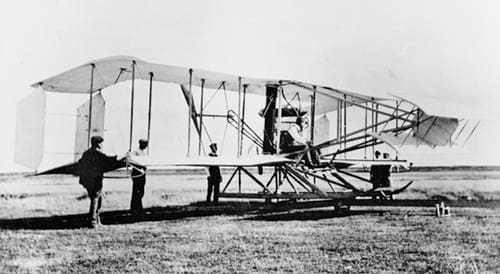
Oswald and Eustace were unsuccessful in building aeroplanes designed by club members, but with Horace rejoining them in 1908 they formed the Short Brothers Aeronautical Engineering Co. Their fame spread, and in December 1908 Wilbur Wright chose Shorts against strong competition to build six model A flyers (the UK’s first batch contract). These were constructed in the country’s first purpose-built aircraft factory at Shellbeach, Isle of Sheppey. In 1909 in a Short No.2, powered by an engine designed by Gustavus Green, Moor-Brabazon won the Daily Mail’s £1000 prize for the first circular mile by an all-British aircraft. Great success followed by cultivating the civilian market but in 1911 with the Royal Navy getting interested in flying, the Short brothers provided the Navy’s first two aircraft. They became principal suppliers to the Royal Naval Wing, the Royal Flying Corps (later the Royal Naval Air Service).
With the First World War looming, the brothers established a seaplane factory at Rochester (1913-14) and the airship works at Cardington, Bedfordshire (1916). Their ill-fated airship R31 succumbed to bad weather during the armistice celebrations in 1918. Horace died in 1917 and Oswald became wholly responsible for Shorts’ designs. Oswald experimented with light alloy construction, pioneering and patenting the smooth skinned monocoque light alloy construction (stressed skin) in the UK with Silver Streak (1920). With flying boats gaining popularity, Oswald persevered with stressed-skin construction despite official non-interest. He sustained Shorts by building omnibuses until the Royal Air Force and Imperial Airways accepted stressed-skin aircraft. His technology was licensed in the United States, France and Japan.
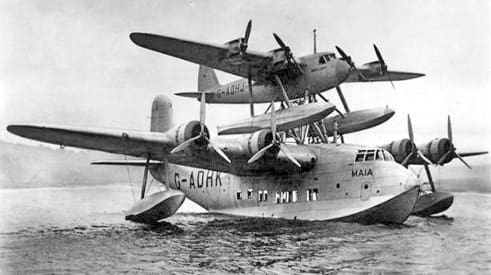
After Eustace died in 1932 Oswald became sole Chairman and Managing Director and retained these posts after Shorts became a public company in 1935. He oversaw contracts for Short Empire Flying Boats for Imperial Airways and Sunderlands and Stirlings for the RAF in the mid-1930’s. It was a Short Stirling which crashed at Grove Farm, Stanton by Dale in 1944. The Shorts Company then took over a subsidiary with Harland’s in Northern Ireland and became Short and Harland’s.
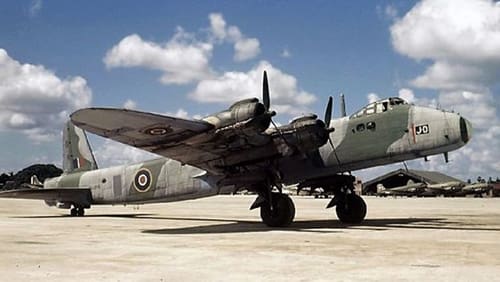
Oswald Short retired in 1943 due to poor health and lived in quiet retirement in Hazlemere in Surrey. The Short Aircraft Company was renamed Short Brothers Limited in 1977 in honour of the brothers. Oswald’s greatest achievement is the worldwide acceptance of stressed-skin construction used in today’s aircraft. To think this great aeronautical engineering family lived at No. 3 Low’s Lane, a small company house during the 1870’s and 1880’s only 100 yards from the 1914 built Stanton Office Block is remarkable. Please take a look at the plaque as you pass.

